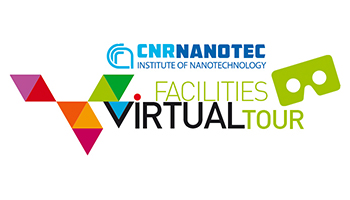Ultrafast nanophotonics: from all-optical control of exciton dynamics towards plasmon-tailored nano-chemistry and information processing based on cavity-electrodynamics
Abstract
Ultrafastcontroloflight-matterinteractionsisfundamentalinviewofnewtechnologicalfrontiers,forinstance in light-driven information processing and nanoscale photo-chemistry. In this framework, we explore metal-dielectric nanocavities to achieve all-optical modulation of the light reflectance at a specific wavelength. Without the need of driving higher order effects, our system is based on linear absorption, provides large relative modulation exceeding 100% and switching bandwidths of few hundred GHz at moderate excitation fluence [1]. This archetypical system becomes even more interesting if the “gain medium” is an inorganic van der Waals bonded semiconductor, like a transition metal dichalcogenide (TMD). TMDs are subject of intense research due to their electronic and optical properties which are promising for next-generation optoelectronic devices. In this context, understanding the ultrafast carrier dynamics, as well as charge and energy transfer at the interface between metals and semiconductors is crucial and yet quite unexplored. By employing a pump-push-probe scheme, we experimentally study how thermally induced ultrafast charge carrier injection affects the exciton formation dynamics in bulk WS2 [2], opening up excellent opportunities also in nano-chemistry. In fact, if a molecular transition strongly interacts with the light modes of a resonator, we can tailor the energetics and the morphology of the molecular electronic states. By combining quantum mechanical modelling and pump-probe spectroscopy, we shed light on the ultrafast dynamics of a hybrid system composed of photo-switchable dye molecules coupled with optically anisotropic plasmonic nanoantennas, which allow us to selectively switch between two regimes where the light-matter interaction is either weak or strong [3]. Our synergistic approach is instrumental to devise new strategies for tailoring electronic states by using plasmons for applications in polaritonic chemistry on femtosecond timescales.
